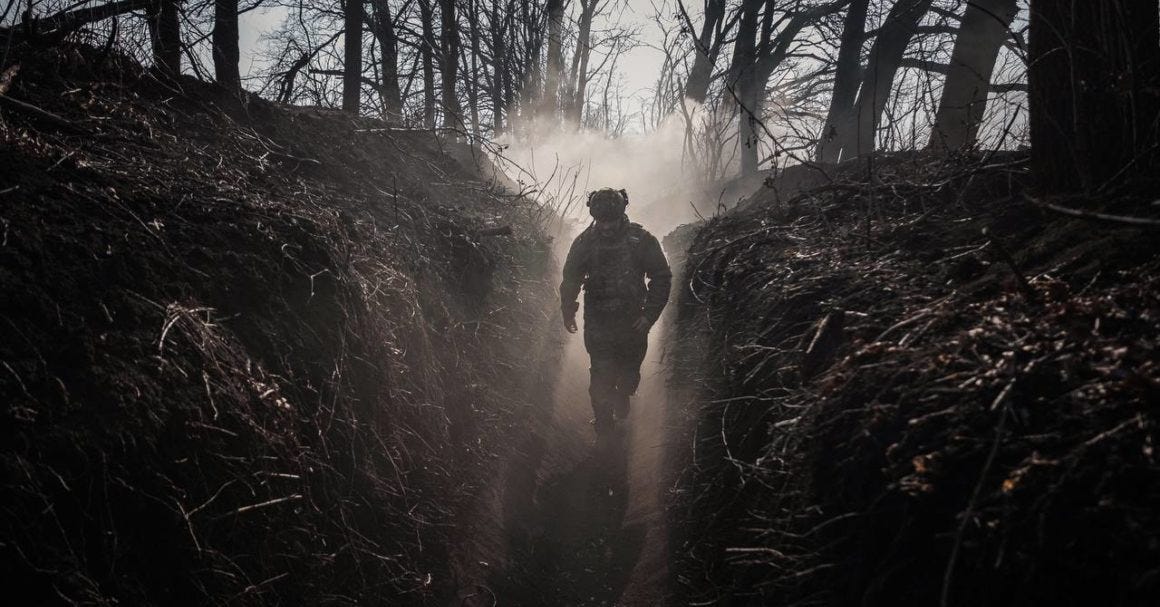Russian Turtle Tanks Eat Drones As 14 Vehicles Break Through
A large Russian tank force attacked under the cover of bad weather on Monday. Half survived.
Under the cover of rain and clouds, no fewer than 29 Russian vehicles attacked Ukrainian positions northeast of the fortress city of Pokrovsk on Monday morning.
A clutch of Ukrainian brigades, including the 33rd and 93rd Mechanized Brigades, assisted by the 1st Azov Corps and the Unmanned Systems Forces, knocked out more than half of the vehicles with mines, drones, and artillery, and scattered the infantry who managed to dismount.
Losing half of a battalion-size assault group would be catastrophic for any other military. For the Russian military, it may actually represent a victory of sorts. It’s possible enough infantry survived the assault to find covered positions and create a lodgement for eventual reinforcements.
If those reinforcements arrive in time, the Russians may be able to consolidate their new positions and create opportunities for future advances. “The levels of success from this attack will become clearer in the coming days,” AMK Mapping noted.
The Monday assault, apparently involved some of the five Russian marine brigades and regiments that rushed toward Pokrovsk this summer, was “one of the most massive in recent times,” the 1st Azov Corps reported.
The assault targeted Ukrainian positions northeast of Pokrovsk, where the Russians are struggling to hold onto a salient they carved out of Ukrainian lines in August. That salient, bending northwest toward the village of Dobropillia, is—or was, until recent Ukrainian counterattacks—Russia’s best chance to encircle Pokrovsk from the north.
If—or when—Pokrovsk falls, the Russian Center Grouping of Forces will have a clearer path toward Kramatorsk and Sloviansk, the last major free cities in Donetsk Oblast.




It appears that there is still a need for old fashioned heavy artillery bombardments, coupled with scatterable mines to close breaches and heavy anti-tank fire to defeat enemy attacks. The turtle tanks could not have been moving fast, especially if they were pushing mine plows or rollers, making them more vulnerable one would think.